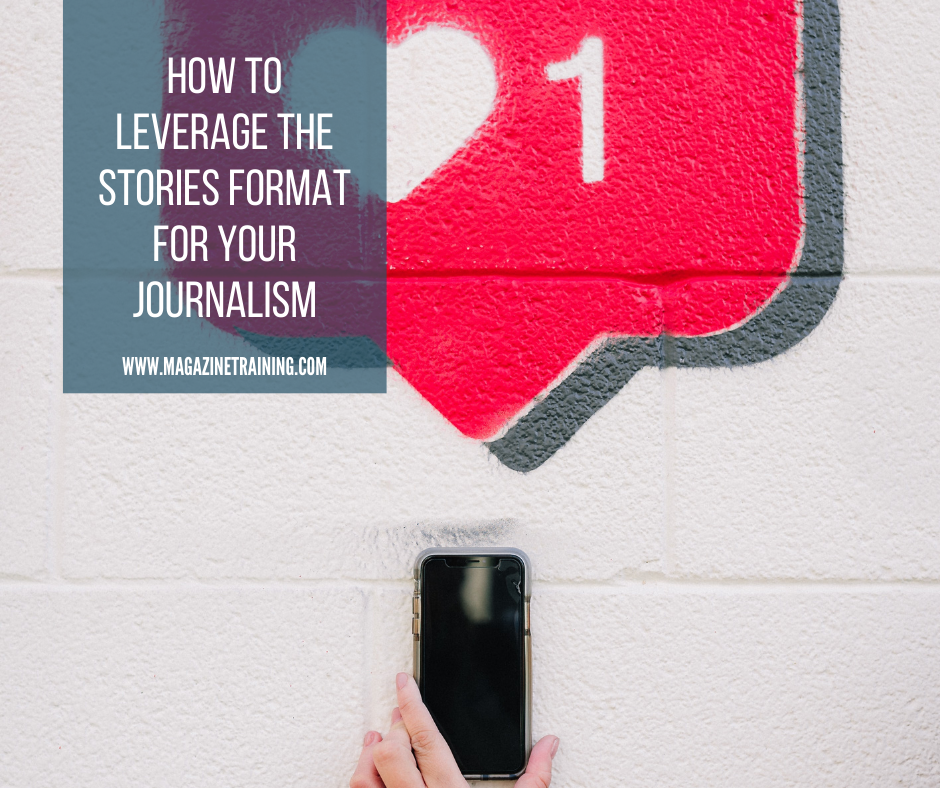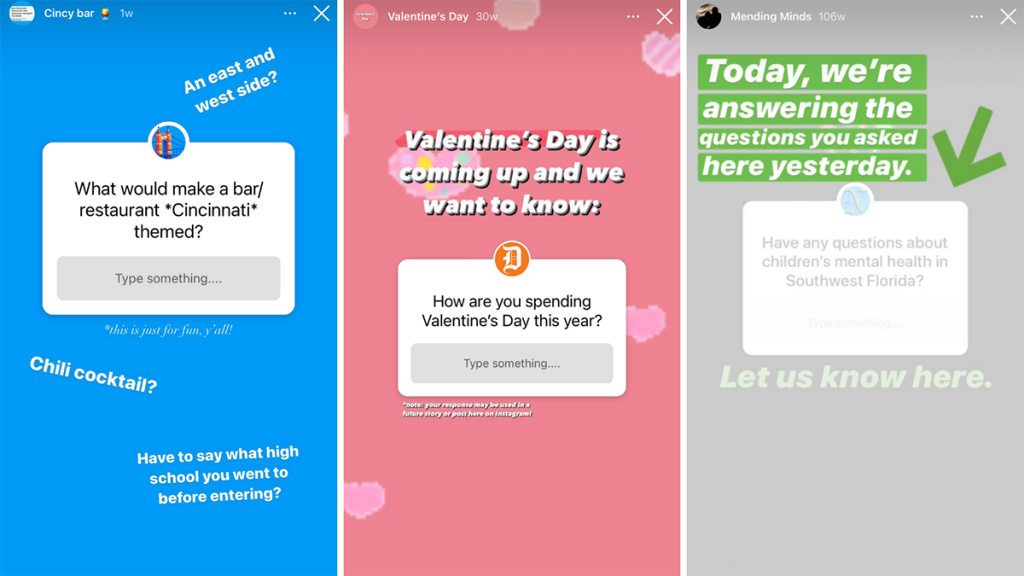
On social platforms, the “stories” format has dominated strategy.
The appeal of stories on most platforms is that the content is ephemeral, often lasting for less than 24 hours before disappearing, and users have the ability to mark up or draw on the vertical content along with adding multimedia stickers to content, including question stickers or links.
Though Snapchat was one of the earliest pioneers of the format introducing vertical story content in the early 2010s, many platforms have found success duplicating the format, including Instagram Stories and, eventually, Facebook Stories.
Yet, the stories format hasn’t been a success for every social platform. Twitter invested briefly in the format with “Fleets,” hailed as a way to offer a “lower-pressure, ephemeral way for people to share their fleeting thoughts,” while LinkedIn introduced LinkedIn Stories as a way to “enable members and organizations to share images and short videos of their everyday professional moments.” Both companies sunsetted the feature, with Twitter citing a lack of users and LinkedIn expressing a desire to reimagine the video experience.
Still, on platforms where stories have found success, most notably Instagram, the feature is widely used. According to Instagram, there are over 500 million daily active Instagram Story users, with over 70 percent of all users watching stories daily. In addition, 86 percent of users also post to stories.
The format is also appealing to companies as well: Over 36 percent of businesses use stories to promote their products and services, while 25 percent of Gen Z and millennial users utilize stories to find goods and services.
These data points make a compelling case for why news publishers should also use the stories format.
Here are five ways to elevate your journalism while using the stories format:
1. Stories as a community response tool
Among the most popular features in stories are the various stickers that each platform offers. Instagram offers location stickers to filter geographic content, caption stickers to transcribe audio, and various gif and music stickers. Though all the stickers are valuable to storytelling, one that can increase community engagement is the questions sticker.
 The sticker allows a user to solicit responses from users. The responses, though initially visible only to the account holder, can be shared publicly with stories without the respondents’ photos or usernames shown.
The sticker allows a user to solicit responses from users. The responses, though initially visible only to the account holder, can be shared publicly with stories without the respondents’ photos or usernames shown.
For newsrooms, this tool can be used to answer questions that readers have on various coverage areas or even help to frame future reporting or social-first stories.
2. Stories as a newsletter lead generator
One of the biggest gripes from publishers is the lack of traffic that Instagram brings to websites. Instead of putting the focus primarily on driving clicks, stories can also be used as a way to drive newsletter subscribers.
by Adriana Lacy
Photo by Karsten Winegeart on Unsplash
Related posts
Magazine Training International’s mission is to encourage, strengthen, and provide training and resources to Christian magazine publishers as they seek to build the church and reach their societies for Christ.

